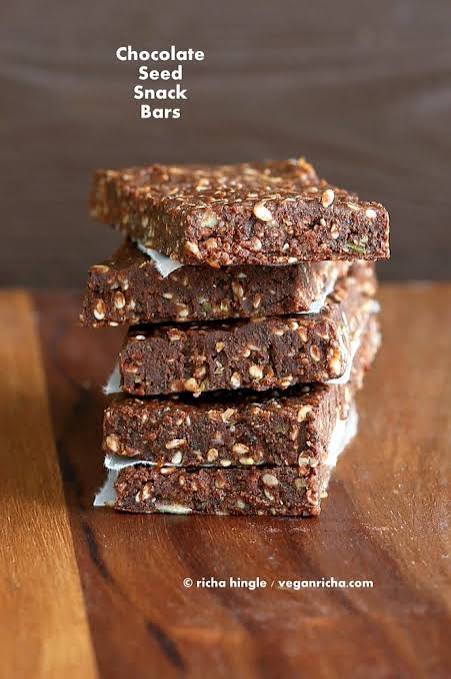Everyone wants to remain healthy and physically fit without spending much time and effort on unnecessary items. As individuals keep moving from constant meetings to workout sessions, they require some quick energy boost snacks in the form of protein bars, which are easily accessible, satisfy taste buds, and are easy to carry around anywhere. They are also available in different packaging styles and different alternatives to provide enhanced energy levels, muscle building, and weight gain.
Why Are Protein Bars Popular?
1. Protein bars are mostly popular for their effective usage and offer different types of flavors.
2. They can be consumed during hectic schedules as an instant breakfast snack.
3. They can be eaten after a workout to maintain muscular endurance.
4. They can be taken as a midday snack to curb hunger urges.
5. They can be served as travel-friendly meal replacements during rushed hours.
Decoding the Health Factor in Protein Bars
1. Protein bars mostly focus on muscle repair, aid in digestion, and reduce appetite.
2. Some of them may contain large quantities of sugar, fatty substances such as carbohydrates, and artificial additives. Others may produce degraded-quality protein bars or infuse them with ingredients that can result in stomach discomfort and energy imbalances.
3. It is necessary to consider protein content that varies from different goal settings, such as light snacking requiring 8-12 kg of protein per bar and post-workout sessions requiring 15-25 kg of protein per bar.
4. Protein sources are also important, as high-quality bars contain whey that can be quickly absorbed and supports muscle recovery, casein that keeps you full for longer, and pea, soy, or beans that can be beneficial for lactose intolerance. 
5. Avoid those protein bars that use collagen, which can be helpful for joint health and skin care but, due to the absence of amino acids, is not recommended for muscle recovery.
6. Choosing protein bars that containunder 8 kg of sugar per bar and those that have unrefined sweeteners such as dates, honey, and stevia.
7. Consider opting for protein bars that contain 3-5 kg of fiber and prevent consuming protein bars consisting of high sugar alcohols such as maltitol or sorbitol, as they cause abdominal fullness and digestive discomfort.
8. Protein bars that contain 10 kg of healthy fats, such as nuts, seeds, or coconut oil, that are favorable for improved energy and nutrient utilization.
How to Pick the Best Bar for Your Lifestyle?
1. Those individuals who are early wakers can select a protein bar with an equal proportion of protein, carbs, and healthy fats and a moderate amount of sugar derived from natural sources. For example: an oat-based bar with nuts and seeds. 
2. Fitness devotees can pick protein bars with 20-25 kg of high-quality protein and rapid-digesting carbohydrates to restore muscle energy. For example: Whey or plant protein bars. 
3. Working professionals should opt for protein bars containing low sugar and high fiber, such as those with nuts, dates, and almonds.
4. Those who are focusing on losing weight can consider a higher amount of protein bars that have a minimal amount of carbs, are rich in fiber, and have low sugar. 
Conclusion
A good quality protein bar helps to maintain sugar levels under control, ease cravings and carry out bodily functions better. They require no extra preparation, convenient and can be consider as a healthy snacking option. Protein bar should have appropriate nutritional content, avoid additive artificial sweeteners, high level of fibre, mention clear ingredients, and not contain unhealthy fats. Protein bars can be consumed along with fruit or yogurt, while drinking water, as a form of supplement, in different flavors, and while being conscious of portion size.
